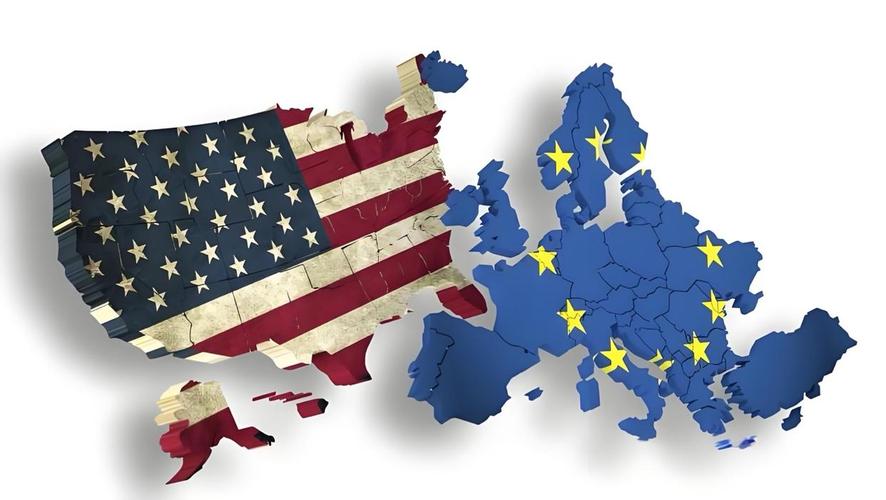
Rates on 30-year fixed mortgage contracts rose 19 basis points to 7.06% in the week ended Feb. 16, according to data released by the Mortgage Bankers Association. It was the first time US mortgage rates had jumped above 7% since early December and the biggest weekly increase since October.
Us mortgage rates briefly topped 8 per cent in October to a 20-year high. Since the fourth quarter of last year, interest rates have been falling in anticipation of the end of the rate hike cycle. But as the data came out, market expectations changed again, and investors expected the Federal Reserve to delay the start of interest rate cuts, and loan rates rose.
However, the recent release of the Federal Reserve meeting minutes added to the increase in lending rates. According to the minutes of the Federal Reserve's January monetary policy meeting, the federal funds rate may have peaked, but there are risks to easing the stance of monetary policy too soon. Some officials saw recent "significant progress" in returning inflation to target levels, but others noted that this reflected only a temporary upturn that could halt or even reverse if consumer spending turned out to be higher than expected, borrowing costs fell or financial conditions became too loose. The minutes sent a message to the market that the Fed would not be able to cut interest rates as expected in March.
The Federal Reserve has not cut interest rates, while US lending rates have skyrocketed, putting pressure on US residential and commercial real estate that has just begun to recover. It is worth noting that current US mortgage rates are more than double what they will be in 2021.
The reason for the rise in US lending rates is mainly related to the monetary policy of the US Federal Reserve System. The Fed influences the economy by adjusting the federal funds rate, which includes influencing whether lending rates rise or fall. The author analyzes the reasons for the continuous rise of loan interest rates in the following three aspects:
One is inflation control. When inflation rises, the Fed may raise interest rates in order to reduce the money supply, thereby slowing the rate of economic growth and controlling price increases.
Second, the economy is overheating. When the economy is growing too fast, near or above its potential growth rate, the Fed may raise interest rates to prevent the economy from overheating.
The third is the normalization of monetary policy. During a recession, the Fed lowers interest rates to stimulate the economy. When the economy begins to recover, the Fed will gradually raise interest rates back to more normal levels.
The impact of a sustained rise in lending rates will be felt in borrowing costs and stock market volatility, in addition to US residential and commercial real estate.
Higher borrowing costs: Higher lending rates mean more expensive borrowing for individuals and businesses, which can reduce investment and consumption, which in turn affects economic growth.
Stock market volatility: Rising interest rates typically cause bond yields to rise, making bonds more attractive relative to stocks and potentially triggering stock market volatility or declines.
According to industry analysts, the turmoil caused by commercial real estate in the United States may not escalate into a systemic risk. But the strong links between regional banks and commercial real estate could undermine their ability to lend to households and small businesses. This will undoubtedly lead to a decline in credit, which will weigh on economic growth in the long run.
In general, the rise in US lending rates is the result of the Federal Reserve's adjustment of monetary policy in response to economic conditions, which is aimed at controlling inflation and promoting economic stability, but also carries a range of economic and financial market effects.

Since 2025, the conflict between the United States and Europe over the governance of the digital economy has continued to escalate.
Since 2025, the conflict between the United States and Euro…
When German Chancellor Mertz officially announced that he w…
On December 3rd local time, the copper price on the London …
The European Commission announced a new economic security s…
The European Commission announced a new economic security s…
For nearly a year, US President Donald Trump has launched a…